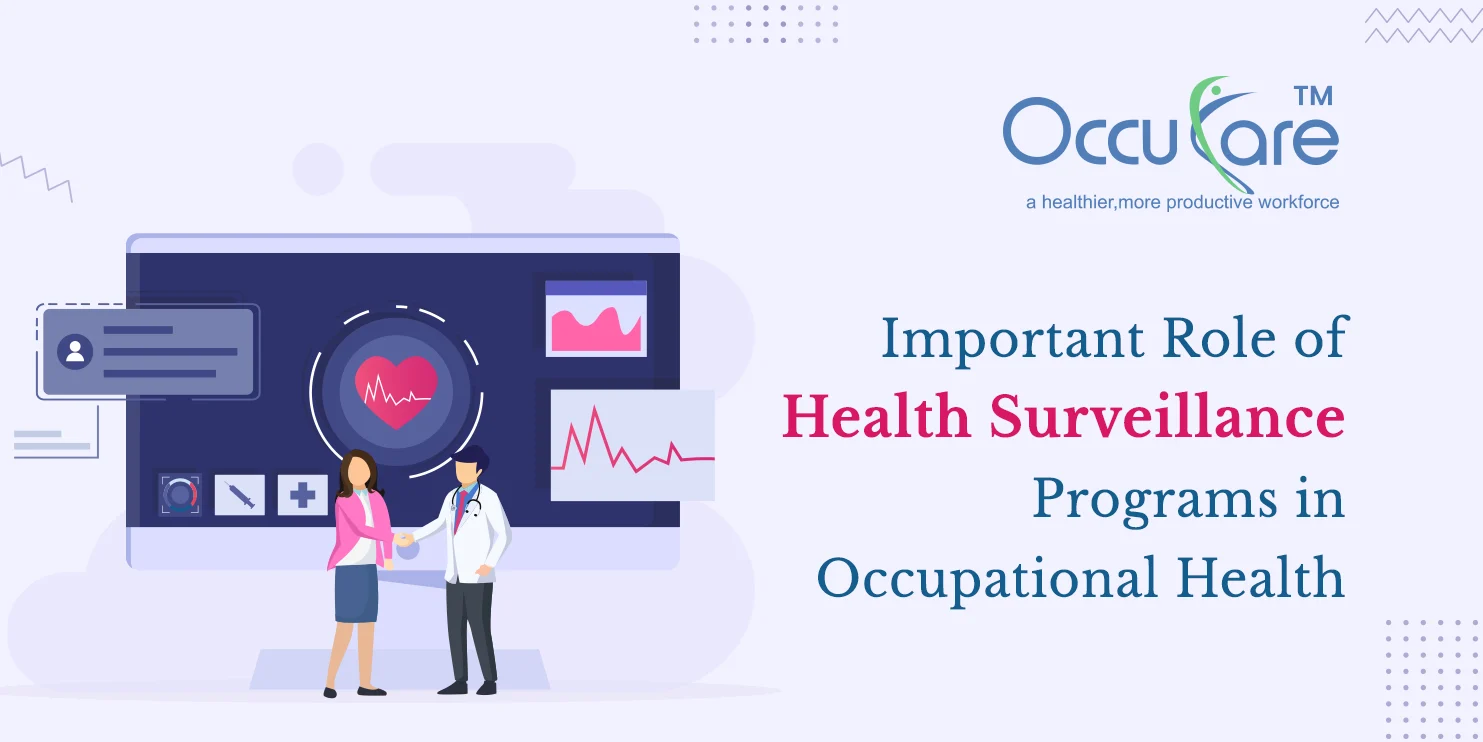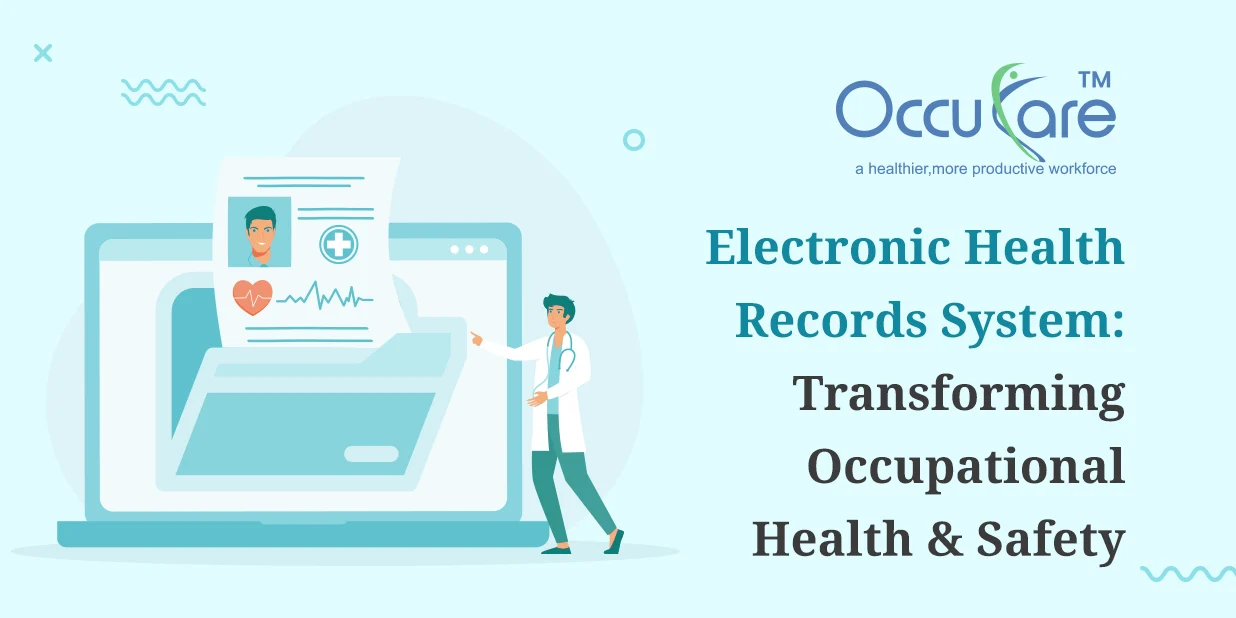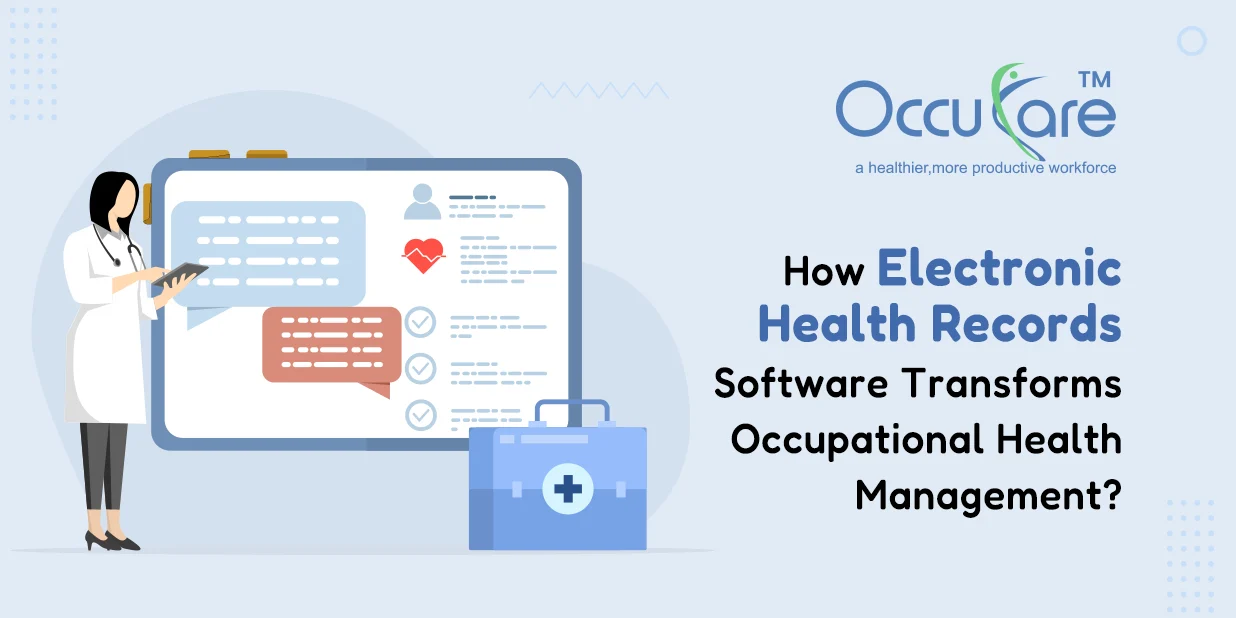Within the constantly changing field of management at work, it is now critical to prioritize the good health and welfare of workers. Organizations are beginning to see the value of allocating funds for safety and health software as a tactical instrument for efficiently handling occupational health and safety (OHS) regulations. With the help of this software, you may improve conformity, streamline procedures, and eventually create a workplace that is more secure and nutritious. We’ll explore the importance of health and safety software and the way it transforms workplace well-being in this blog.
Occupational Safety and Health Software:
A specific system called OHS software was created to make it easier to handle several facets of the health and safety of workers. Health monitoring, reporting of incidents, risk evaluation, compliance administration, and staff medical information are just a few of the many features it offers. By concentrating
Occupational Health Software’s Necessity:
Organizations face more complicated occupational health and safety difficulties in the fast-paced corporate world of today. Manual or antiquated systems are insufficient to fulfill the expectations of current workplaces due to strict rules, changing workplace risks, and increased satisfaction with work awareness.
The following justifies the necessity of purchasing health-at-work software:
1. Better Productivity and Effort:
Time, as well as funds, are saved when routine tasks are automated, workflows are streamlined, and paperwork is removed thanks to occupational safety software. Administration obligations are lessened by tools like electronic medical records and auto-reminders, freeing up occupational health practitioners to concentrate on ambitious goals rather than menial duties. The organization as a whole experiences increased productivity as a result of this effectiveness.
2. Complete Conformity:
Organizations cannot compromise on their adherence to OHS requirements, since noncompliance can lead to harsh penalties and harm to their reputations. A solid foundation for guaranteeing adherence to legal standards, comprising keeping records, reporting, and auditing procedures, is offered by occupational health software. Organizations can reduce risks related to compliance and show their dedication to worker safety by keeping current compliance documents and assisting government inspections.
3. Active risk handling:
The avoidance of incidents, illnesses, and accidents at work depends on the identification and mitigation of risks associated with work. Organizations may monitor workplace dangers, carry out thorough risk assessments, and successfully execute control measures with the help of an occupational health system. Organizations can reduce the probability of incidents and promote a safer environment by proactively addressing possible hazards through the analysis of data trends and the generation of useful knowledge.
4. Better Health and Well-Being of Employees:
Productivity and satisfaction within a firm are closely related to the health of its employees. Proactive health surveillance made possible by health software allows for early identification of health problems and timely intervention. The software enables companies to give the well-being of their staff first priority, from overseeing immunizations and medical examinations to monitoring employee wellness programs. Through the promotion of a wellness and preventive culture, companies can lower absenteeism, increase staff participation, and improve productivity in general.
5. Smooth Integration and Expandability:
Contemporary companies function within intricate networks of interrelated technology. Software for occupational health can be easily integrated with other systems, including business intelligence (BI), enterprise resource planning (ERP), payroll, and human resources management. Through integration, uniformity of information is guaranteed, silos are removed, and a comprehensive overview of organizational health measures is provided. Additionally, environmental
Case Research: Practical Applications:
In order to demonstrate the concrete advantages of occupational health and safety software, allow us to examine a few actual case studies:
Case Study 1 Investigation: Industrial the company X
Industrial Firm X streamlined its health and safety procedures across several locations by implementing occupational health software. The organization achieved a 40% reduction in keeping records errors including a thirty percent rise of compliance audit ratings by organizing reporting of incidents, regularly performing health evaluations, and automation compliance chores. In addition, proactive risk management programs reduced workplace injuries by 20%, which saved a significant amount of cash and improved staff satisfaction.
Case Study 2: Medical Provider Y
In order to handle employee health data and compliance documents in its hospital and clinic locations, Healthcare Provider Y implemented OHS software. Through the digitization of health records, worker
In summary, let’s embrace occupational wellness’s destiny.
Setting priorities for workplace safety and health is not only legally required but also strategically necessary in the rapidly evolving business environment of today. Employee wellness software provides a holistic approach to efficiently managing all aspects of workplace health and safety, including risk mitigation, staff wellness, and compliance administration. Organizations may invest in health and safety software to improve productivity, guarantee compliance, reduce hazards, and encourage an overall wellness culture. This will lead to long-term commercial success with a healthier, more secure workplace for all.
Using wellness solutions is not just an option when navigating the complexity of contemporary work; it’s a game-changing gamble for the long-term success of the company and the overall health of its people.
When it comes to the pursuit of happiness at work, healthcare software In the contemporary workplace, when worker happiness is of utmost importance, the advent of health and safety software signifies a fundamental change in the way businesses handle workplace wellness. This program is more than just an administrative tool; it’s an integrated approach to handling the various facets of workplace health and security (OHS). Its features include risk assessment, management of compliance, and incident reporting in addition to health surveillance. We explore the tremendous relevance of health and safety software in this in-depth analysis, explaining how it might revolutionize the health of workers.








